San Diego is one of the most vibrant cities in California, and it's known for its beaches, parks, and overall fantastic weather. It's also a fantastic spot for students looking to take their education to the next level, especially in the field of data analytics. There are several options available for those looking to take an analytics course in San Diego, each offering unique perspectives and courses to cater to different professional backgrounds. One of the most prominent options for analytics courses in San Diego is the University of San Diego. The institution is located minutes away from downtown San Diego and has a reputation as one of the top academic institutions in the region. USD has a robust analytics program known for its business and financial focus, making it an excellent option for professionals looking to specialize in these areas. The institution offers both undergraduate and graduate programs, with the MBA program providing training in analytics, data science, and predictive modeling. Another option for those looking to take analytics courses in San Diego is San Diego State University (SDSU). SDSU is a public research institution located in the heart of San Diego and has a great reputation for its programs in sciences and engineering. SDSU's analytics courses focus on a diverse range of topics, including data preparation, data mining, and machine learning, making it an excellent option for professionals looking to specialize in technology and data science. The courses are designed to provide students with hands-on experience in data analysis, statistical modeling, and data visualization, preparing them for diverse careers in industries such as finance, healthcare, and tech. For professionals looking to take a shorter program on analytics, the University of California, San Diego (UCSD) Extension offers an excellent option. UCSD's analytics courses are designed to cater to the needs of working professionals who want to upskill or specialize in data analytics without enrolling in a full-time academic program. The courses are taught by industry experts and cover topics ranging from business analytics to data visualization and predictive modeling. There are also several specialized analytics courses available in San Diego, catering to professionals who want to work in specific fields. The Rady School of Management at UCSD offers a fantastic course on data analytics in the healthcare industry, preparing students with analytical skills that they can leverage to improve healthcare outcomes. There are also courses for professionals looking to specialize in marketing analytics, such as the course provided by the Digital Marketing Institute. Taking an analytics course in San Diego can be an excellent investment for professionals looking to upskill or specialize in data analytics. The city has several excellent academic institutions, including USD, SDSU, UCSD, and specialized schools such as the Rady School of Management and DMI, offering diverse courses with unique perspectives and training modalities. Whether you're interested in finance, technology, healthcare, or marketing, you can find an analytics course that aligns with your needs and career aspirations.
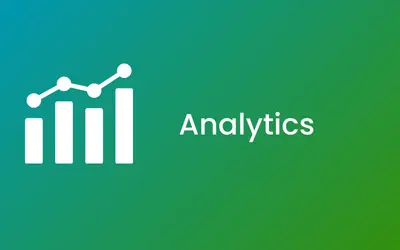
₹60,000


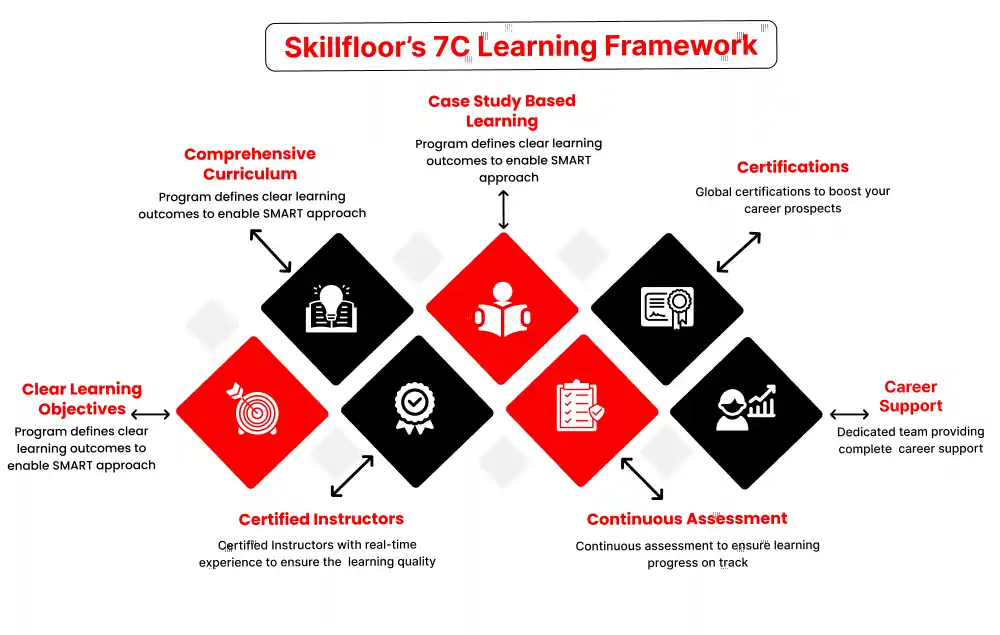

Hurry Up!
Limited seats call us now for amazing discounts on digital maketing course
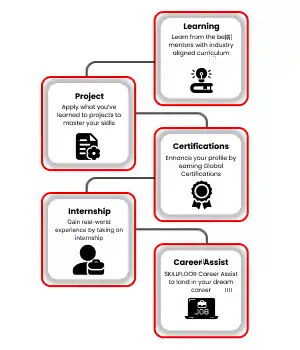
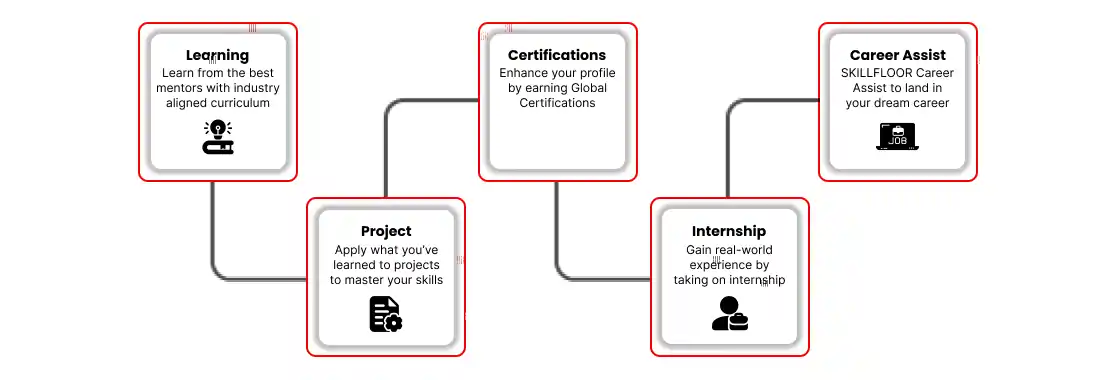
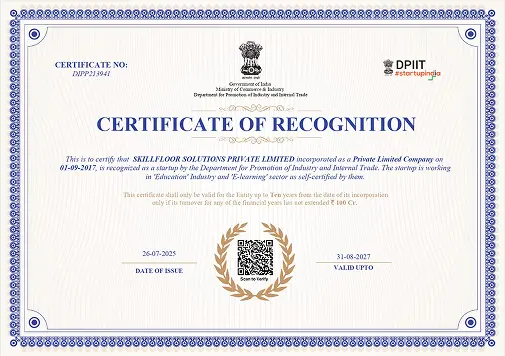
Skillfloor is officially recognized by the Government of India as a Startup India (DPIIT) certified institute — a mark of trust in the quality of our courses and career-focused learning.
We offer hands-on programs across multiple fields, designed by industry experts to help you gain skills that employers value:
Digital Marketing – Grow businesses online with SEO, social media, and analytics.
AI & Machine Learning – Build practical AI skills for real-world applications.
Ethical Hacking & Cybersecurity – Protect networks and systems from cyber threats.
Data Analytics & Data Science – Analyze data and make smarter decisions.
Other Emerging Technologies – Learn trending, in-demand skills.
At Skillfloor, you don’t just learn — you practice, complete live projects, and prepare for real career opportunities. Whether you’re a student, graduate, or working professional, we help you upgrade your skills and grow confidently in your career.
Join a government-recognized institute shaping India’s next generation of skilled professionals.


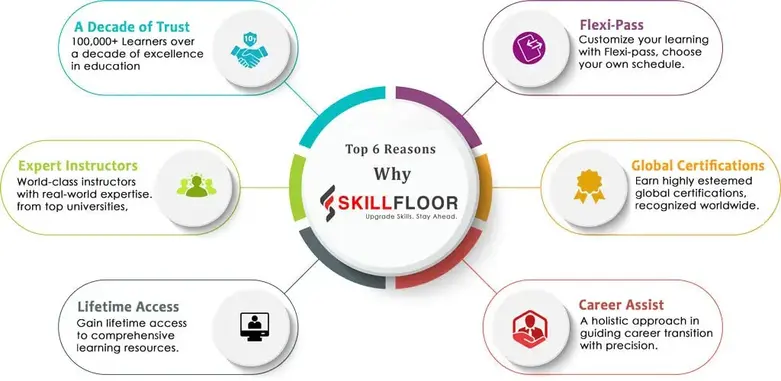
- Overview of data analysis and its importance in business
- Types of analytics: Descriptive, Predictive, Prescriptive
- Role of data in decision-making processes
- Introduction to common tools: Tableau, PowerBI, Excel
- Ethical considerations in data collection and analysis
- Data sources: Primary and secondary data
- Data collection methods (surveys, web scraping, databases)
- Data cleaning techniques (handling missing values, outliers)
- Data transformation and feature engineering
- Data storage concepts (structured vs. unstructured data)
- Descriptive statistics: Mean, median, mode
- Data visualization basics (histograms, scatter plots)
- Identifying data patterns and trends
- Outlier detection and handling methods
- Correlation and causation analysis
- Inferential statistics and probability theory
- Hypothesis testing (t-tests, chi-square tests, ANOVA)
- Measures of central tendency and variability
- Confidence intervals and margin of error
- Regression analysis: Linear and logistic regression
- Principles of effective data visualization
- Types of charts and their uses (bar, line, pie, heatmaps)
- Designing dashboards for different audiences
- Interactive visualization techniques
- Data storytelling for impactful presentations
- Time series analysis and forecasting methods
- Clustering and segmentation analysis
- Decision trees and classification techniques
- Introduction to machine learning in business analytics
- Model evaluation and selection
- Basics of SQL for data manipulation
- Creating databases and relationships
- Aggregating data with SQL (GROUP BY, JOIN)
- Data modeling for business intelligence (star and snowflake schemas)
- Case study: Building a business model with SQL
- Connecting and preparing data in Tableau
- Creating basic visualizations (charts, maps)
- Advanced Tableau functions (LOD calculations, table calculations)
- Building interactive dashboards and stories
- Publishing and sharing visualizations on Tableau Server/Online
- Introduction to PowerBI workspace and components
- Data import and transformation with Power Query
- Data modeling and relationships in PowerBI
- Creating and customizing visualizations
- Publishing and collaborating on PowerBI Service
- Selecting a real-world dataset for analysis
- Defining business questions and objectives
- Conducting data analysis and visualization
- Presenting findings in a comprehensive dashboard
- Peer review and feedback on project